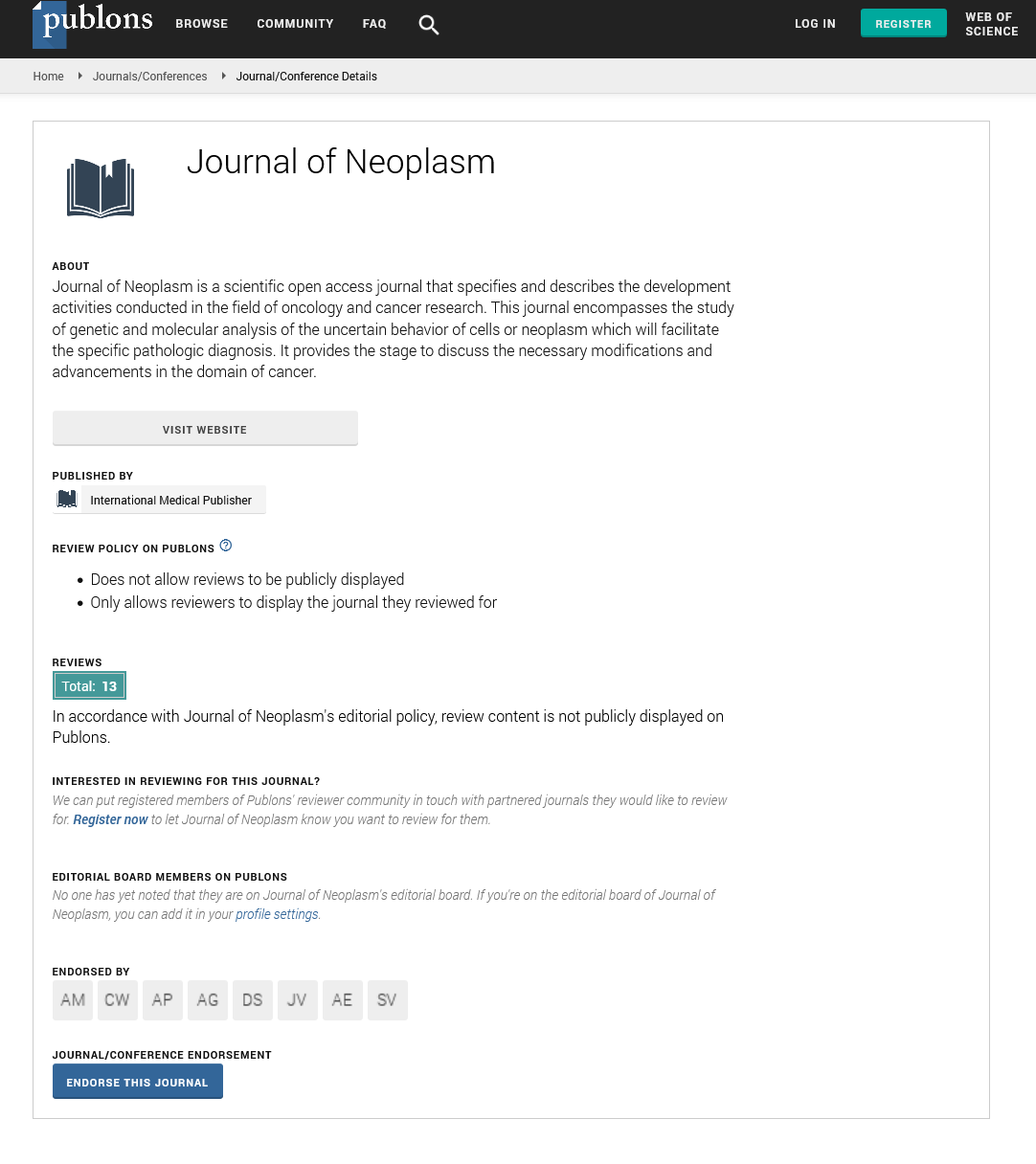Abstract
Patch, Plaque, Tumour - Mycosis Fungoides
Mycosis fungoides is a frequent cutaneous lymphoma contributing to an estimated half (50%) of the emerging dermal lymphomas. As an epidermotropic primary cutaneous T lymphoma (CTCL), it may comprise of miniature or medium sized lymphocytes containing cerebriform nuclei and a T helper cell immune phenotype, although variants of a cytotoxic T lymphocyte (CTL) component may commonly arise. “Mycosis Fungoides “as a terminology is restricted to classical manifestation of a disorder characterized by the appearance of patches, plaques and tumours or the diverse cutaneous disorders with an identical clinical evolution. The prevalence of mycosis fungoides is at an estimated 60% of cutaneous tumours, though the incidence may be augmented in the Africans. The lesions may depict a prominent regional variability. Elderly and adult individuals may be frequently incriminated with a male predominance (M:F: 2:1), although children and adolescents may similarly manifest the cutaneous lymphoma
Author(s):
Anubha Bajaj
Abstract | Full-Text | PDF
Share this

Google scholar citation report
Citations : 144
Journal of Neoplasm received 144 citations as per google scholar report
Journal of Neoplasm peer review process verified at publons
Abstracted/Indexed in
- Google Scholar
- China National Knowledge Infrastructure (CNKI)
- Publons
- Secret Search Engine Labs
Open Access Journals
- Aquaculture & Veterinary Science
- Chemistry & Chemical Sciences
- Clinical Sciences
- Engineering
- General Science
- Genetics & Molecular Biology
- Health Care & Nursing
- Immunology & Microbiology
- Materials Science
- Mathematics & Physics
- Medical Sciences
- Neurology & Psychiatry
- Oncology & Cancer Science
- Pharmaceutical Sciences


